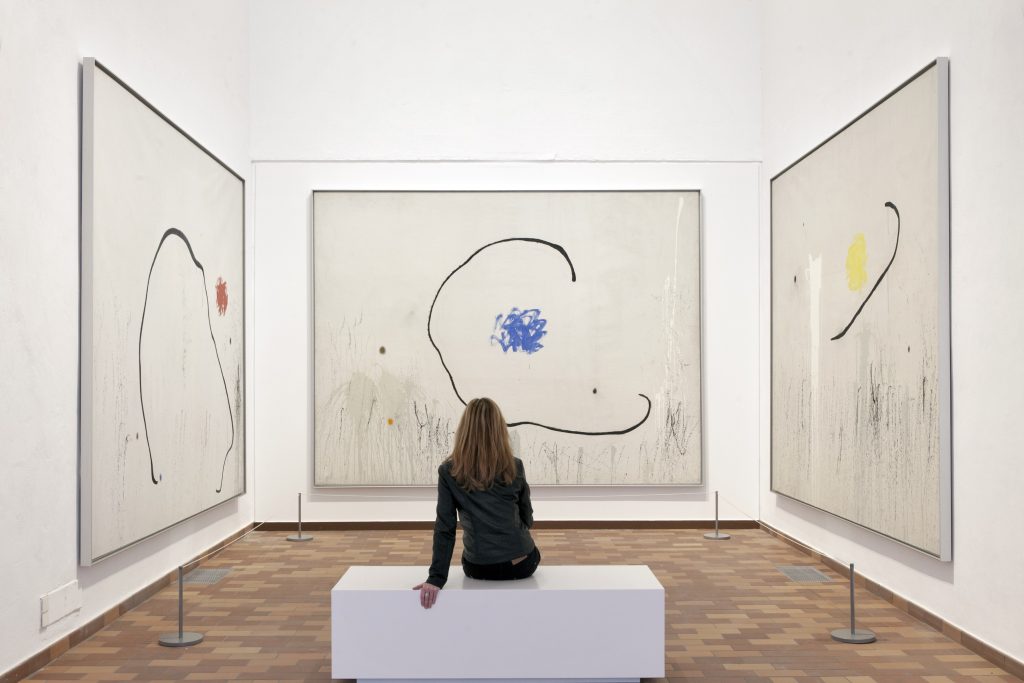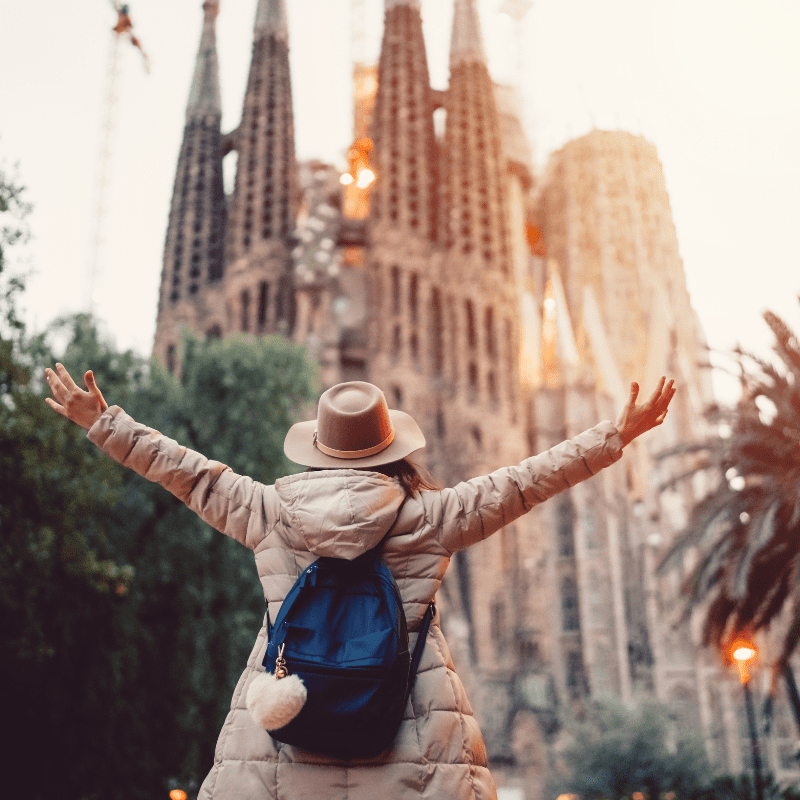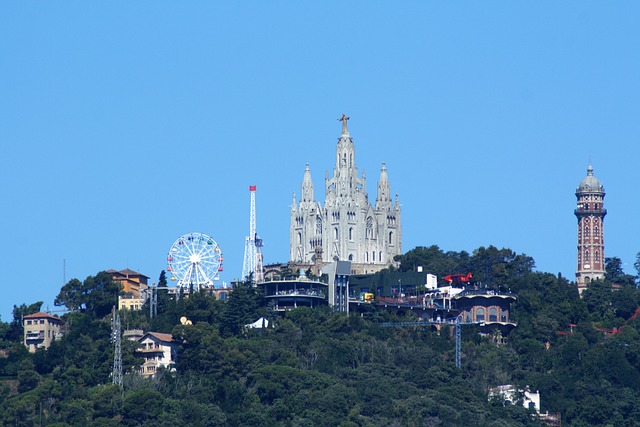The Barcelona artist Joan Miró is one of the great exponents of surrealism. A multifaceted artist who excelled as a painter, sculptor, engraver and ceramicist. Although he studied commerce and worked for two years as a clerk in a drugstore, it was an illness, typhoid fever, that forced him to retire for convalescence in Mont-roig, a small town in the Baix Camp region, in a farmhouse that their parents had just bought it. It was there that he decided to dedicate himself fully to painting and enrolled in the Francesc Galí School of Art, where he met other great artists such as Joan Prats, Josep Francesc Ràfols, Enric Cristòfol Ricart and Josep Llorens Artigas, among others. That change of scenery determined his future, and over time that place in the world became the counterpoint to the intellectual agitation that he experienced in Paris in the twenties alongside the surrealist poets, and to the stimulus of abstract expressionism that he discovered in New York in the forties.
Later, and in the middle of the Second World War, Joan Miró left his exile in France and settled in Palma de Mallorca. Both the years in Mont-roig and in Mallorca remained fixed in his cortex as “his happiest moments” and his attachment to those landscapes remained with him every day of his life. Something that, how could it be otherwise, was reflected in his work.
An international artist
In addition to Barcelona, Miró’s work is present all over the world. On the one hand, we highlight the sculptures “Miss Chicago” and “Personage and birds” in Houston and “Project for a monument” in Milan; the two ceramic walls, “Wall of the Sun” and “Wall of the Moon”, located at the UNESCO headquarters in Paris, and “Couple in love with the games of almond blossoms” in the La Défense district of that city . And in Madrid, the beautiful ceramic mural on the façade of the Palacio de Congresos.
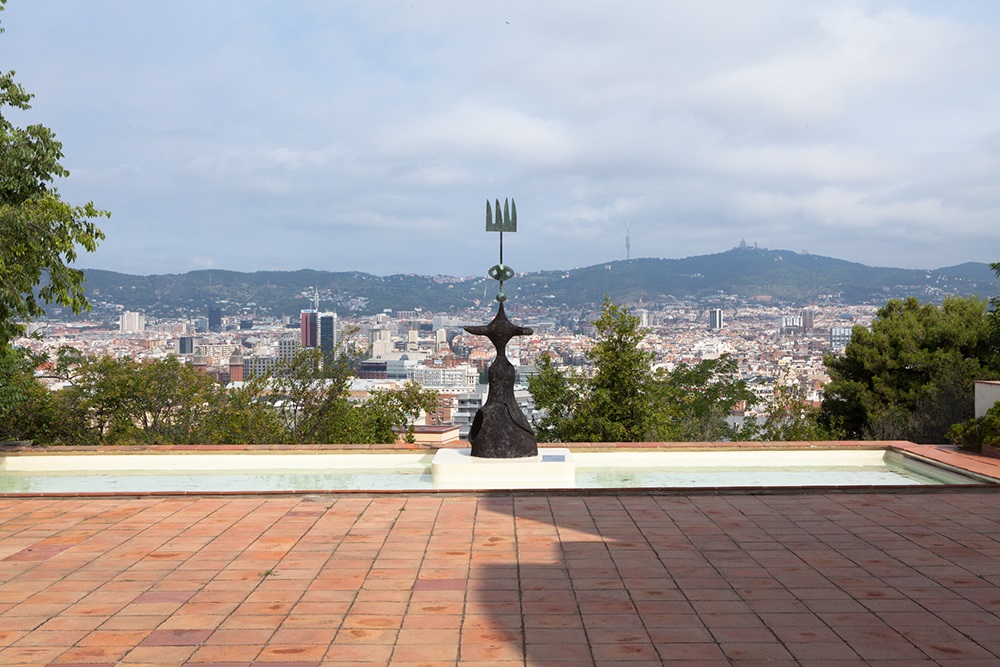
What is clear is that the work of Joan Miró survives and continues at its peak thanks to institutions and large museums such as the Fundació Miró Mallorca; the Maeght Foundation, from Saint Paul-de-Vence; the Guggenheim Museum, MoMA and the New York Metropolitan; the National Gallery of Washington; the Philadelphia Museum of Art; the Reina Sofía Museum in Madrid, and, among others, the Center Pompidou in Paris.
Looked in Barcelona
Barcelona has a few representative works of this great artist. On the one hand, there is “Woman and Bird”, in the Joan Miró park, also known as the Escorxador park; on the other “Woman”, located in the central courtyard of the Town Hall; pavement of the “Pla de l’Os”, in Las Ramblas, and finally a large ceramic mural on the façade of Terminal 2 of the Barcelona airport, made in collaboration with J. Llorens i Artigas.
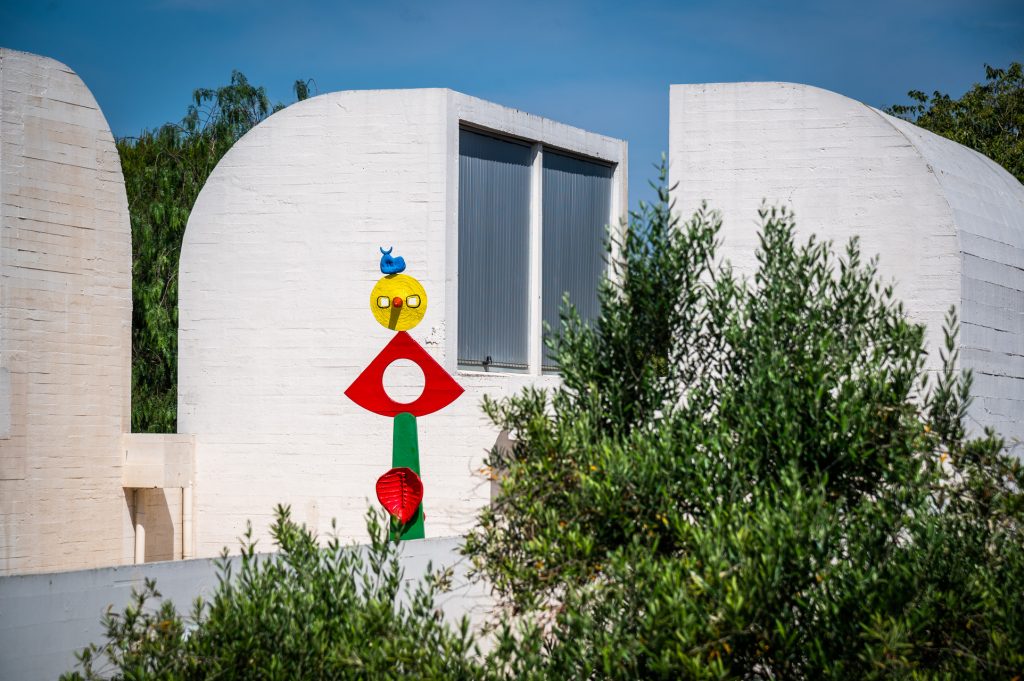
Miró triangle
The Miró Triangle is made up of three places, which are essential to understand Miró and his work: The first is Barcelona, with the Fundació Joan Miró; Mont-roig del Camp, with the Fundació Mas Miró, which refers to the origin of his art, to that place that served as the trigger and starting point for his creation, and Mallorca, with the Fundació Miró Mallorca, which is where the workshop that he had always dreamed of, and that his friend Josep Lluís Sert designed.
The Joan Miró Foundation
The Joan Miró Foundation is a space for knowledge and dissemination of the work of Joan Miró and current creation. Contains more than 14,000 works. Most of these pieces were donated by the artist himself, others come from the collection of his wife, Pilar Juncosa, and from the collection of Joan Prats, a friend of Miró and promoter of the idea of creating the Fundació, as well as donations and loans made after his death of works by Duchamp, Max Ernst, Fernand Léger, André Masson, Robert Motherwell, Antonio Saura, Yves Tanguy, Eduardo Chillida, Alexander Calder and Antoni Tàpies, among others.
It is located in a building designed by his great friend Josep Lluís Sert. Together they conceptualized this impressive place that allows not only to travel through the life and work of Joan Miró but also to establish a transcendent dialogue with other artists of the 20th and 21st centuries.
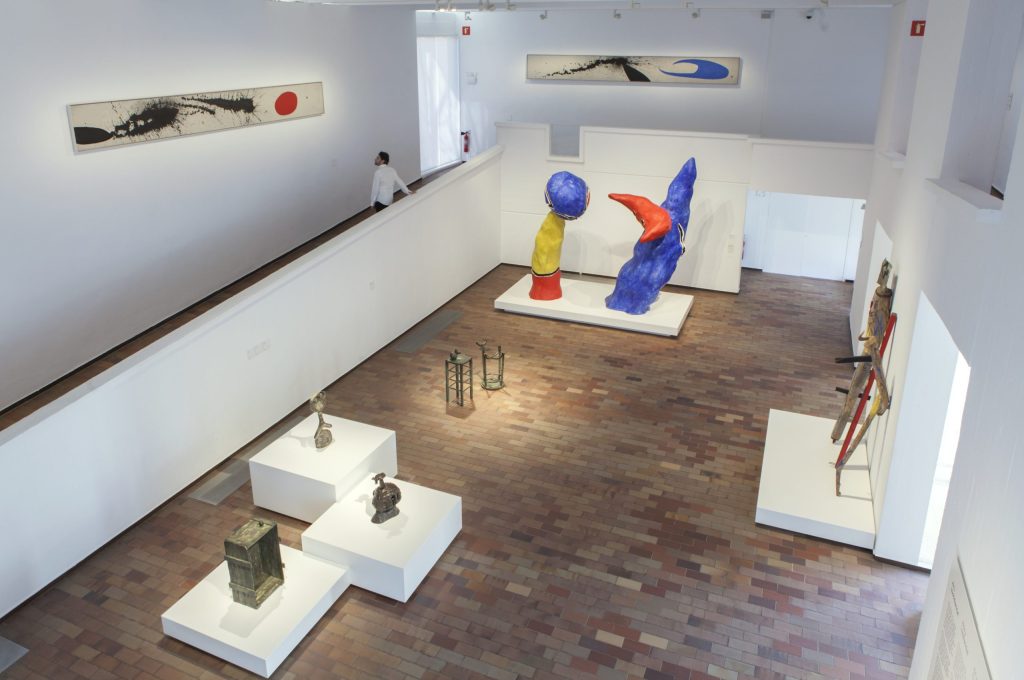
We highly recommend that you go visit it. Both the building and all the work it houses is sensational. In addition, it is in the Montjuïc Park, near the Teatre Grec, the Cable Car, the Bernat Picornell Olympic Pools and the History Museum of Catalonia, among other Barcelona hotspots. An area full of vegetation that is ideal for walking and enjoying a day full of art, culture and nature. Also, the views of Barcelona are absolutely memorable. Don’t forget the camera!
 Book Tickets
Book Tickets
